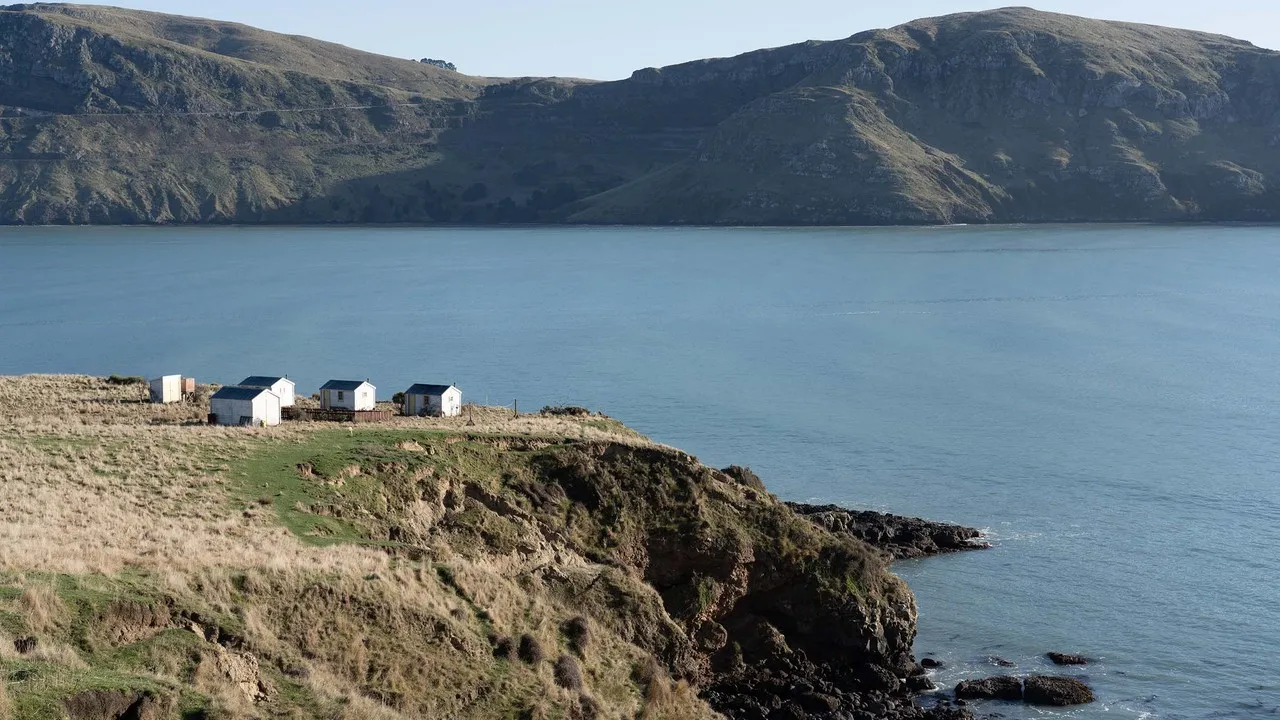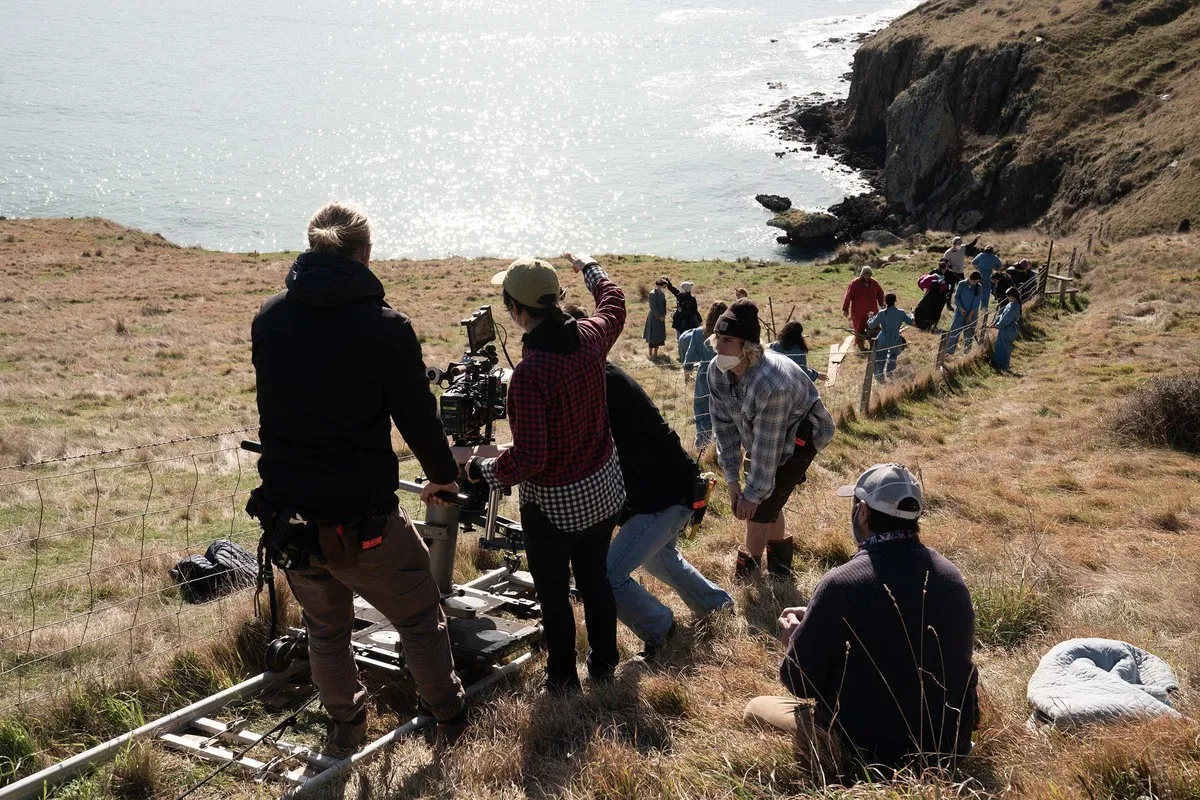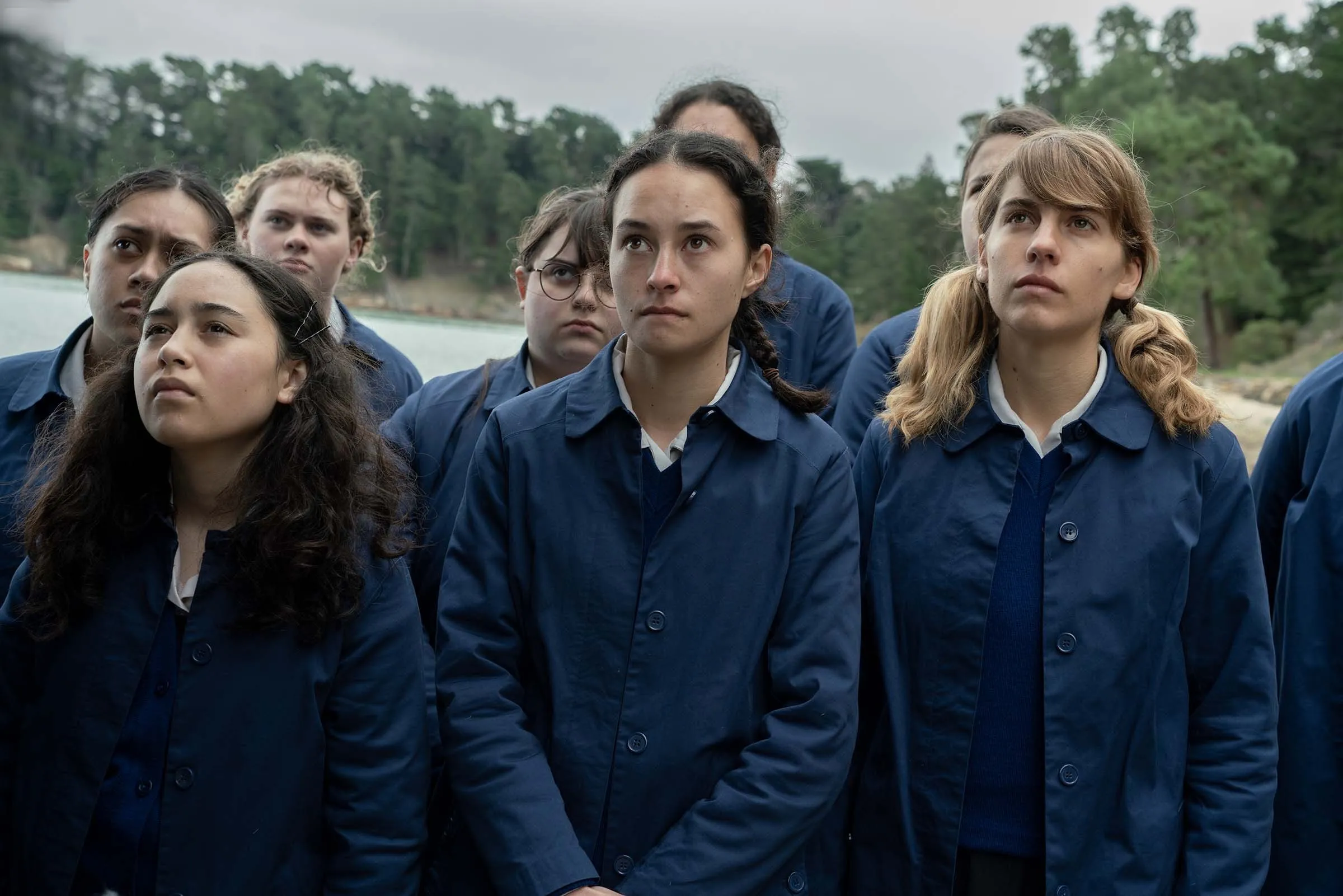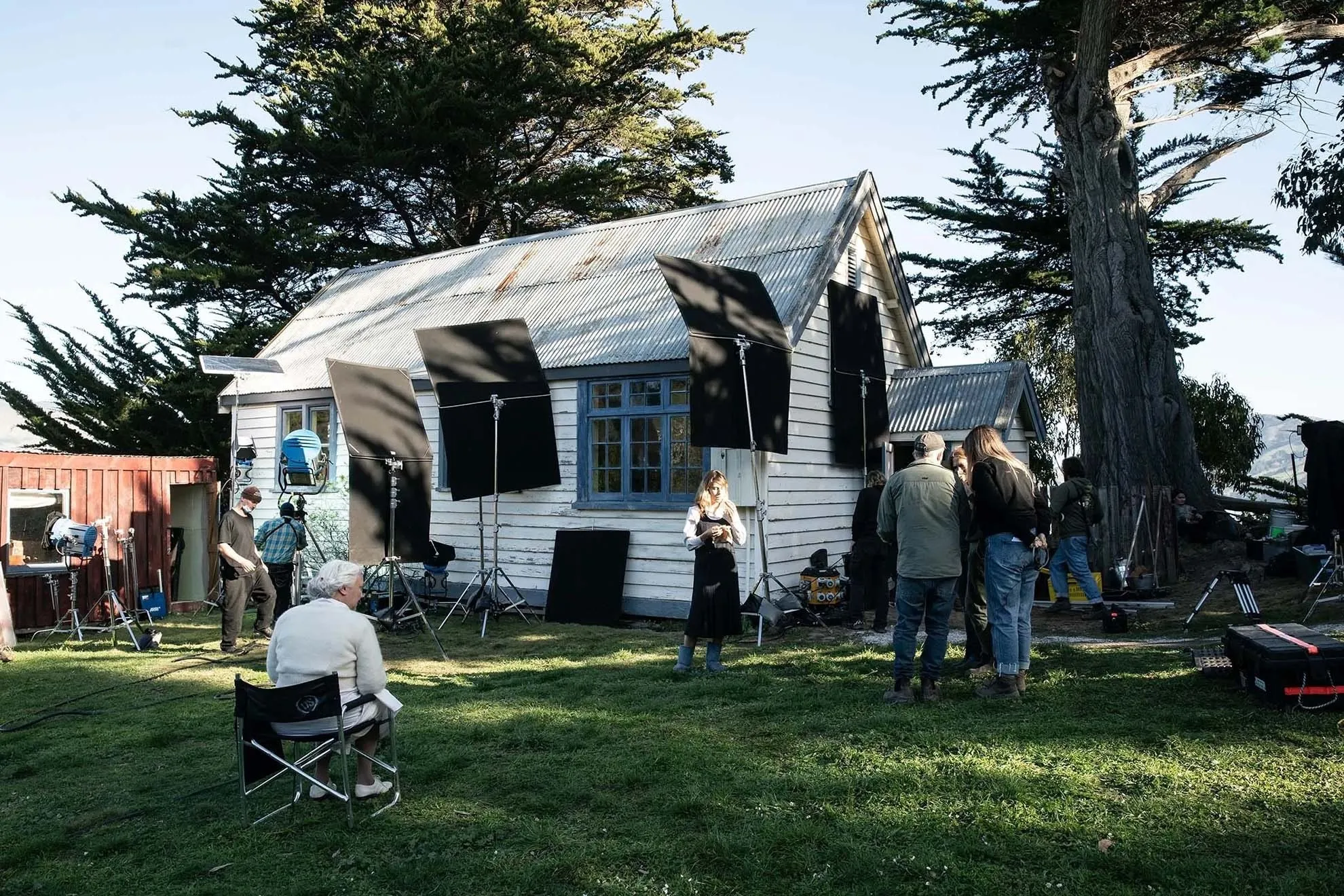Screen CanterburyNZ
16 August 2024
Cultural collaboration vital to local film’s success
We Were Dangerous, a Kiwi-produced film, is riding the waves of success internationally.

A Kiwi-produced film that’s about to hit screens and is already riding waves of success internationally.
Director Josephine Stewart-Te Whiu won the Special Jury Prize for filmmaking at South by Southwest for her work on the We Were Dangerous film – one of the largest annual creative gatherings in the world, with over 70,000 attendees. The film has a 96% rating on Rotten Tomatoes, which is globally regarded as a most trusted measurement for the quality of movies and TV.
Big names on set
The film has some big names attached to it. Taika Waititi wears an Executive Producer’s hat, and it stars Rima Te Wiata, Erana James and Nathalie Morris – but it’s the film’s location and authentic cultural connection that makes it truly special.
Screen CanterburyNZ Production Grant
Shot entirely in Ōtautahi Christchurch, We Were Dangerous was a recipient of the Screen CanterburyNZ Production Grant – the first regional incentive of its kind in Aotearoa and allocated just under $1.5 million of funding over three years from 2022 to 2024.
A directorial debut
In her directorial debut, Josephine Stewart-Te-Whiu tells the story of a fiery trio of delinquent schoolgirls railing against the colonial system in 1950s New Zealand. Producer Morgan Waru grew up in Diamond Harbour, which was the first immediate link to Ōtamahua Quail Island, where filming took place. The location also gives the perception of being very isolated, yet still fully accessible for production requirements.

A genuine and meaningful connection
The production took place mostly in the rohe of Te Hapū O Ngāti Wheke uri and local Associate Producer Kerepeti Paraone says there was genuine and meaningful connection built with Josephine, Morgan, writer Maddie Dai and the crew throughout the entire process. They were even able to offer opportunities for hapū and whānau members on the production crew and in front of the camera.
“Bringing the whole crew into the space, into our marae, explaining the dynamics of what we are working with as an iwi, as a hapū and as whānau, and then breaking it down into the aspects that the film represented put us on a unique level. It was that strong cultural relationship that really enriched the film”.
Normalising Te Reo Māori on set
There was real focus to normalise basic Te Reo Māori on set too. Maramataka (lunar calendar) kupu/words and whakatauki/Māori proverbs were added to all run sheets. From day one, another layer added to the start and wrap were karakia or prayer. A challenge was set that every production team from costume and location to camera departments, all had to lead karakia at some point during the shoot, and everyone took part.
“Even if they were packing down away from the main set, they would tune in through comms to make sure they were part of it. Film sets get pretty chaotic, so everyone taking the time to pause for these two moments of the day was really special and quite unique”
The role of mana whenua
Mana whenua play a vital role in granting permission for filming on ancestral land, and cultural authority for Ōtamahua is held by Ngāti Wheke. It’s an engagement allowing productions to collaborate and seek guidance for cultural accuracy and maintaining the location’s integrity. Other key locations utilised around Whakaraupō (Lyttelton Harbour) included the historic Rāpaki School, which, since filming, has been undergoing a major restoration partly funded by a crowdfunding campaign supported by Piki Films.
Kerepeti says the process with Ngāti Wheke was one of open kōrero and respect.

Pulling on local resources
Kerepeti also credits Screen CanterburyNZ’s support and the production grant as instrumental in ensuring the film came together, not just for access to funding and the diverse variety of locations, but upskilling of local crew. He says it was an amazing opportunity to be part of a NZ feature film with such deep subject matter while walking alongside such talented creatives.
“It was my first time in the Associate Producer’s seat, and I have learned a lot about the process, but most important for me has been making connections. Ōtautahi Waitaha is a unique environment in terms of locations and available local resources that we were fortunate to be able to link together through this kaupapa.”

Don't miss a thing
Sign up to our newsletter to get valuable updates and news straight to your inbox.
)
)
)